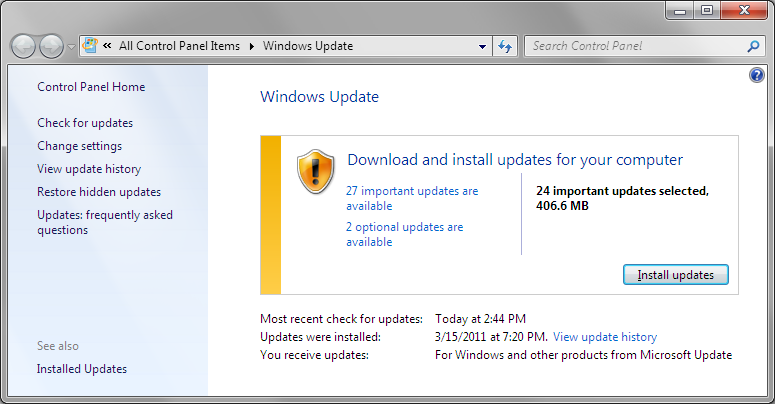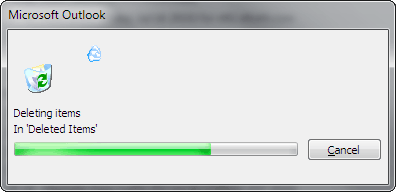If killing a motherboard was a criminal act, I guess it’d have a fancy Latin name, too, like matrotabulicide or something.
Fortunately, it is not criminal to murder a computer motherboard just yet, at least not if it is one that you own. Today, sadly, I managed to accomplish just this, prematurely ending the life of a computer I only recently put together for my wife. No, it was not first-degree murder, more like man-, or rather, motherboardslaughter: I did not set out to do damage, on the contrary, I was hoping to get rid of an annoying little problem (no keyboard after the system came back from hibernation) by upgrading its BIOS.
The consequences of the attempt are, sadly, known to many: after the BIOS upgrade program happily reported success and attempted a reboot (I did everything by the book, and there were no signs of any trouble), the system became completely non-responsive, suggesting a failure of the BIOS boot sequence.
Now usually, there are ways to recover from a failed BIOS upgrade. Many BIOSes recognize a corrupt image and drop into an emergency boot flash mode that allows recovery from, for instance, a floppy disk. I’ve done this before, more than once. However, in this case the process did not work: even when I manually “forced” a boot into the boot flash mode by shorting some of the BIOS pins, it just stubbornly refused to attempt to read anything from a floppy, the hard drive, or a CD-ROM. I even tried booting using a POST diagnostic card, but I became none the wiser.
So that’s it. It is time to move on. It wasn’t a new motherboard, but it still had plenty of useful life left in it, so I am sad to see it go. But investing further effort into it is just pointless. I could order an identical motherboard off eBay for about $80 total, including shipping from China, but why would I want to spend that kind of money on 7-year old technology, when I can buy a decent current motherboard, dual-core CPU, and 2GB memory for less than three times that amount?
The said thing is that it means not only junking this motherboard, but also the accompanying Socket 754 single-core CPU and 1 GB DDR memory, as I have no other Socket 754 or DDR motherboards. I hate contributing to the world’s landfills. I wonder just how much otherwise still flawless electronics ends up in those landfills because of BIOS failures?


